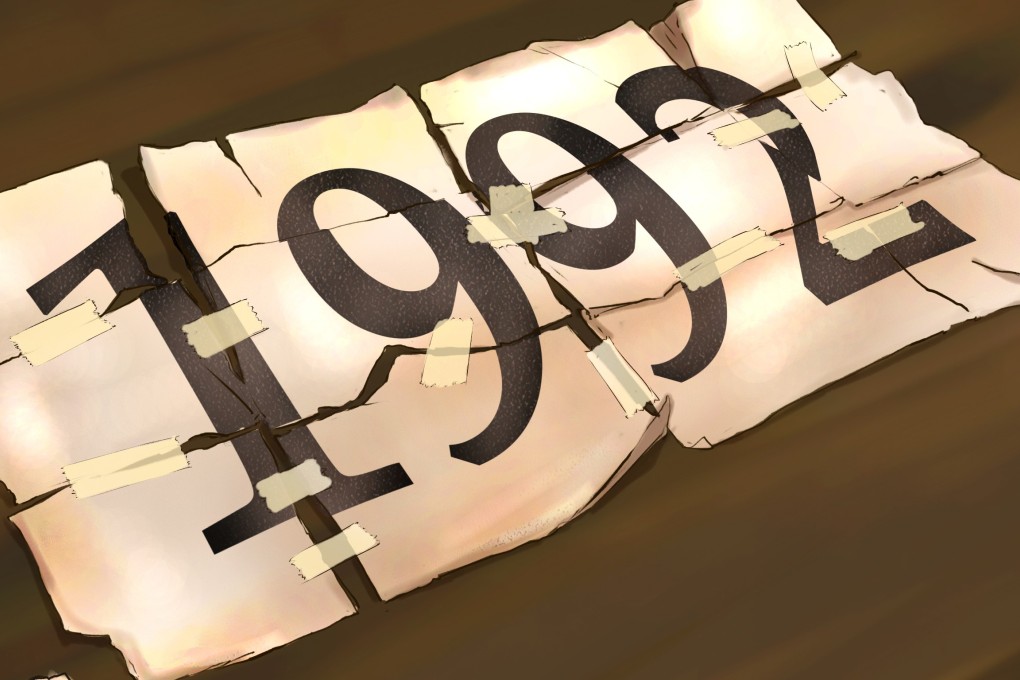Advertisement
Opinion | Taiwan’s Tsai Ing-wen has torn up the 1992 one-China consensus. What does Xi Jinping do next?
- Tian Feilong says the 1992 consensus reached by China and Taiwan has always been a weak agreement. The mainland needs to strengthen it, win the Taiwanese public’s consent and design a ‘one country, two systems’ framework specific to Taiwan
Reading Time:4 minutes
Why you can trust SCMP

On January 2, in a speech commemorating the 40th anniversary of the pro-unification “message to compatriots in Taiwan”, Chinese President Xi Jinping affirmed the 1992 consensus and proposed launching a cross-strait consultation on using the “one country, two systems” framework for unification.
Advertisement
The move sent shock waves through Taiwan. The ruling Democratic Progressive Party has rejected the 1992 consensus and “one country, two systems” wholesale. The opposition Kuomintang has reiterated the consensus that the two sides are allowed their own interpretations of what “one China” means, which is as good as declaring that there is no market for “one country, two systems”.
The mainland’s push to expand cross-strait relations from the 1992 consensus to “one country, two systems” has received pushback from Taiwan. More than ever, we need a complete understanding of the complex connotations of the 1992 consensus, and its relationship with “one country, two systems”.
Since the DPP came to power in 2016, the 1992 consensus model between the mainland and Taiwan has been suspended, and there have been important setbacks in the process of eventual reunification through “peaceful development”.
Beijing expects Taipei to fill in its “incomplete test answer” to the question of the one-China principle. This expectation implies that the mainland still recognises the 1992 consensus model but also that, in the face of realistic political changes, it has to kick-start the process of unification on its home ground.
Advertisement

Advertisement
